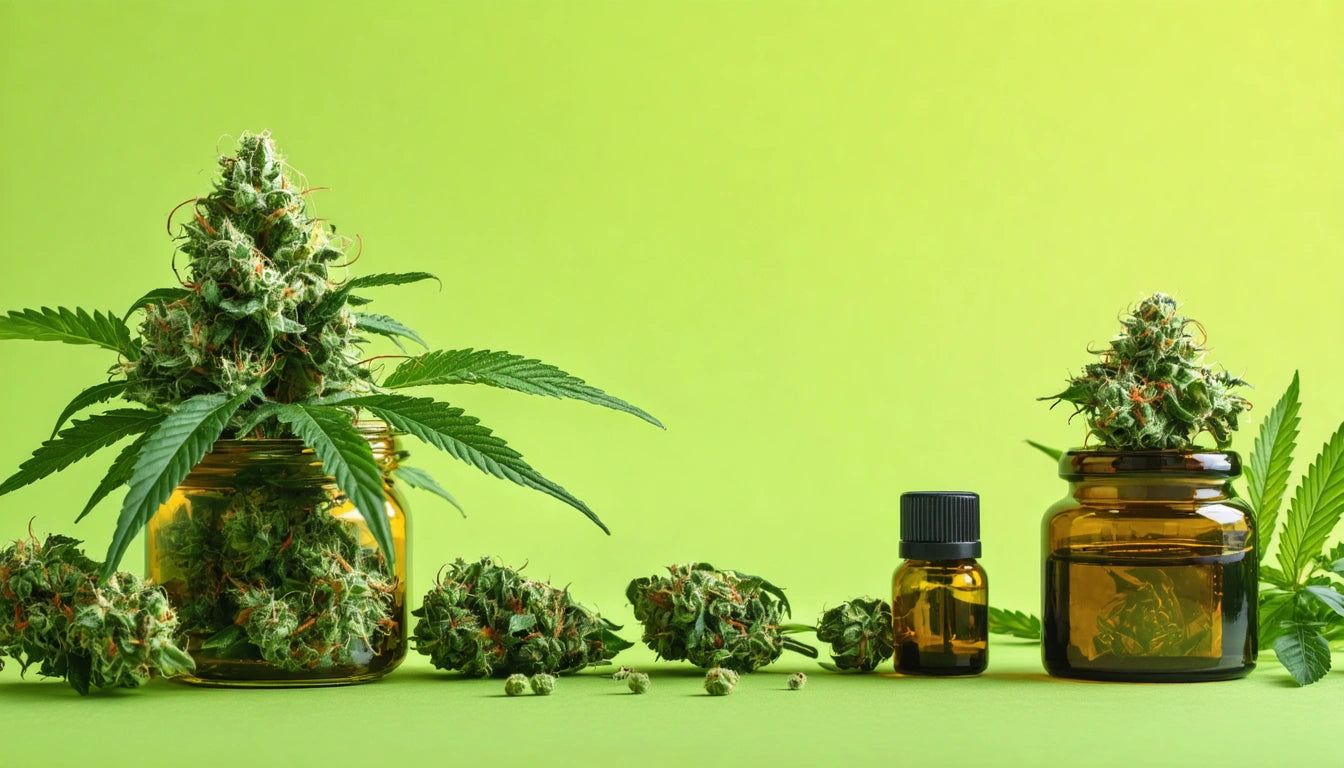Table of Contents
The Rise of Minimalist Packaging in the Beauty Industry
The beauty industry has witnessed a significant shift toward minimalist packaging design in recent years. This aesthetic movement, characterized by clean lines, limited color palettes, and reduced visual elements, has transformed how beauty products present themselves on shelves and in digital marketplaces. The trend represents more than just a visual preference, it embodies changing consumer values around sustainability, authenticity, and product efficacy.
The Evolution of Minimalist Packaging in Beauty
Minimalist packaging in beauty has evolved from a niche design choice to a mainstream approach. Historically, beauty products relied on ornate packaging with elaborate decorations and excessive materials to convey luxury. Today, brands are finding that less is more when it comes to capturing consumer attention. This shift began with indie brands challenging industry norms but has since been adopted by established luxury houses and mass-market products alike.
The transition to minimalism reflects broader cultural movements toward simplification and intentionality in consumption. Beauty brands now emphasize product quality through packaging that communicates transparency rather than opulence. This evolution has created space for innovative materials and formats that prioritize function alongside form.
Key Design Principles of Minimalist Beauty Packaging
Typography and Visual Hierarchy
Typography plays a crucial role in minimalist beauty packaging. Brands typically employ clean, sans-serif fonts with careful attention to spacing and alignment. The visual hierarchy is intentional, with product names and key ingredients taking precedence over marketing claims. This approach creates instant legibility and helps consumers quickly identify products within a line.
Color Strategy
Color palettes in minimalist beauty packaging tend toward monochromatic schemes or limited color selections. Many brands opt for white, black, or neutral backgrounds with single accent colors to differentiate product categories. This restraint in color application creates a cohesive brand identity while allowing the product itself to remain the focal point.
Material Selection
Material choices reflect both aesthetic and functional considerations. Glass, aluminum, and recyclable plastics often replace traditional packaging materials. Many brands are exploring durable packaging solutions like mylar bags that provide protection while maintaining a sleek appearance. These materials not only support the minimalist visual language but often align with sustainability goals as well.
Consumer Psychology Behind the Minimalist Appeal
The psychological appeal of minimalist packaging taps into several consumer desires. Research suggests that simplified packaging creates perceptions of authenticity and transparency. When a brand presents itself without excessive embellishment, consumers often interpret this as confidence in product quality.
Additionally, minimalist designs reduce cognitive load during the shopping experience. In markets saturated with options, packaging that communicates clearly without overwhelming the senses provides welcome relief. This psychological ease can translate to positive brand associations and repeat purchases.
As noted in industry analyses of minimalist packaging trends, consumers increasingly equate visual simplicity with product purity, particularly in categories like skincare where ingredient quality is paramount.
The Sustainability Connection
Minimalist packaging naturally aligns with sustainability initiatives through several mechanisms:
- Reduced material usage through streamlined designs
- Elimination of unnecessary packaging layers and inserts
- Focus on recyclable or biodegradable materials
- Design for reuse through refill systems and multipurpose containers
This connection between aesthetics and ethics resonates strongly with contemporary consumers. Modern consumers increasingly favor brands that demonstrate environmental responsibility, and minimalist packaging provides a visible signal of this commitment.
Implementation Strategies for Brands
Gradual Transition Approach
Established beauty brands often benefit from a phased approach to minimalist redesigns. This might begin with limited edition collections or new product lines before extending to core offerings. Gradual implementation allows brands to test consumer response while maintaining recognition among loyal customers.
Digital-Physical Integration
Effective minimalist packaging considers both physical presence and digital representation. Successful brands ensure their simplified packaging translates well to e-commerce platforms and social media sharing. QR codes and augmented reality features can extend the minimalist physical package into rich digital experiences without cluttering the design.
Storytelling Through Simplicity
Rather than relying on packaging to tell the complete brand story, minimalist approaches often shift storytelling to other touchpoints. Product inserts, digital content, and retail environments can provide depth of information while allowing packaging to remain clean and focused.
Future Directions in Minimalist Beauty Packaging
The minimalist movement in beauty packaging continues to evolve in response to technological innovations and changing consumer expectations. Several emerging trends suggest where this aesthetic approach is heading:
Smart minimalism incorporates technology like temperature indicators or time-sensitive displays without compromising clean design principles. These functional innovations add value while maintaining visual simplicity.
Customization within constraints allows brands to offer personalized packaging experiences through modular systems or adaptive elements that preserve minimalist aesthetics while providing individualized touches.
Material innovation continues to expand possibilities for minimalist packaging that meets both design and sustainability criteria. Developments in plant-based plastics, water-soluble materials, and zero-waste approaches will further refine how beauty products embody minimalist values.
As the beauty industry continues to embrace minimalist packaging, the approach is likely to become more sophisticated rather than simply sparse. The most successful implementations will balance aesthetic restraint with meaningful innovation, creating packaging that communicates brand values while meeting practical needs.











Leave a comment
All comments are moderated before being published.
This site is protected by hCaptcha and the hCaptcha Privacy Policy and Terms of Service apply.